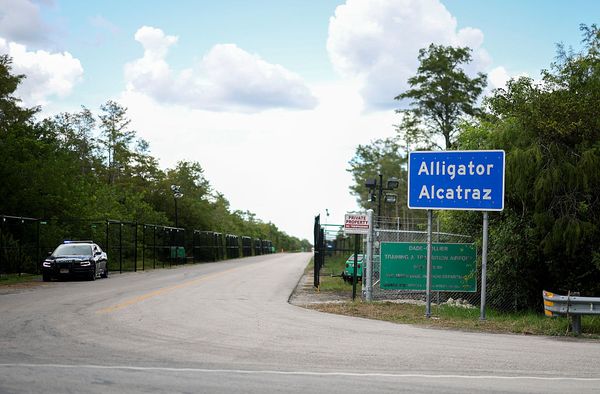The biggest shake-up of Britain’s airspace for 70 years will initially focus on London to pave the way for a third runway at Heathrow.
Ministers stressed that the reforms would mean a large reduction in planes queuing in holding stacks over the capital and other airports around the UK.
It could also allow planes to climb sooner, descend more quietly and navigate more accurately around populated areas close to Heathrow and other airports.
The changes aim to cut carbon emission per flight and noise levels for people living under holding stacks, as aircraft remaining in them will be at higher altitude.

However, these benefits are likely to be dwarfed by the noise and pollution from the proposed 240,000 increase in flights a year, or 50 per cent, from another runway at Heathrow.
There has also been a warning that “noise sewers” could be created over London as flight paths are narrowed down, meaning fewer residents are affected but those who are end up more heavily impacted.
But the Government is firmly backing a third Heathrow runway as it pursues economic growth as its “top priority”.

Aviation minister Mike Kane told The Standard: “Airport expansion is going to be crucial in that mission, driving millions of pounds into the economy, and supporting job creation across the country.
“We know that expansion at Heathrow alone could turbocharge growth, trade and tourism and unlock over 100,000 jobs, cementing the UK, and London, as a global hub for international travel.”
Welcoming the airspace reforms, Heathrow’s chief operating officer Javier Echave said: “This is an important step to making UK aviation more modern, efficient, and reliable for the millions of people and businesses who rely on available airspace capacity.”
But Paul McGuinness, chair of the No 3rd Runway Coalition, said: “The outcome of airspace modernisation is to enable yet more planes to increase the adverse impact on already overflown neighbourhoods, whilst also bringing that blight to previously unaffected areas.”
Legislation was being laid in Parliament on Monday for the largest redesign of UK airspace since it was first formed in the 1950s, with the aim of creating more “direct and efficient routes”, cutting harmful climate change emissions, and strengthening the UK’s status as a global aviation hub with a bigger Heathrow.
The shake-up by the UK Airspace Design Service, being run by NATS (En Route) plc, could also later lead to the adoption of new technologies such as flying taxis and more use of drones.
Concerns that local residents will not get enough say on new flight paths are likely to be raised by proposed regulatory changes to make the process for airspace design decisions “more proportionate, while retaining a transparent, evidence-based process that involves impacted stakeholders”.
Chancellor Rachel Reeves has argued that developments in sustainable aviation fuel mean the Government can back airport expansion, with a Heathrow third runway possibly becoming operational by 2035, while still meeting the UK’s net zero legally binding commitments.
But an analysis by Dr Rick Lupton, a senior lecturer in the University of Bath’s Department of Mechanical Engineering who specialises in modelling uncertain dynamic system, has assessed that a third runway would increase global warming emissions from Heathrow by around 30 per cent.

When UK airspace was first mapped out there were around 200,000 flights per year, compared to 2.7 million in 2024.
Martin Rolfe, chief executive of the NATS air traffic control service, said: “We handle a quarter of Europe’s traffic despite having only 11% of its airspace with one of the best safety and delay records anywhere.
“However, we have to modernise airspace if we are to main this level of performance as traffic grows towards 3 million flights per year.”







